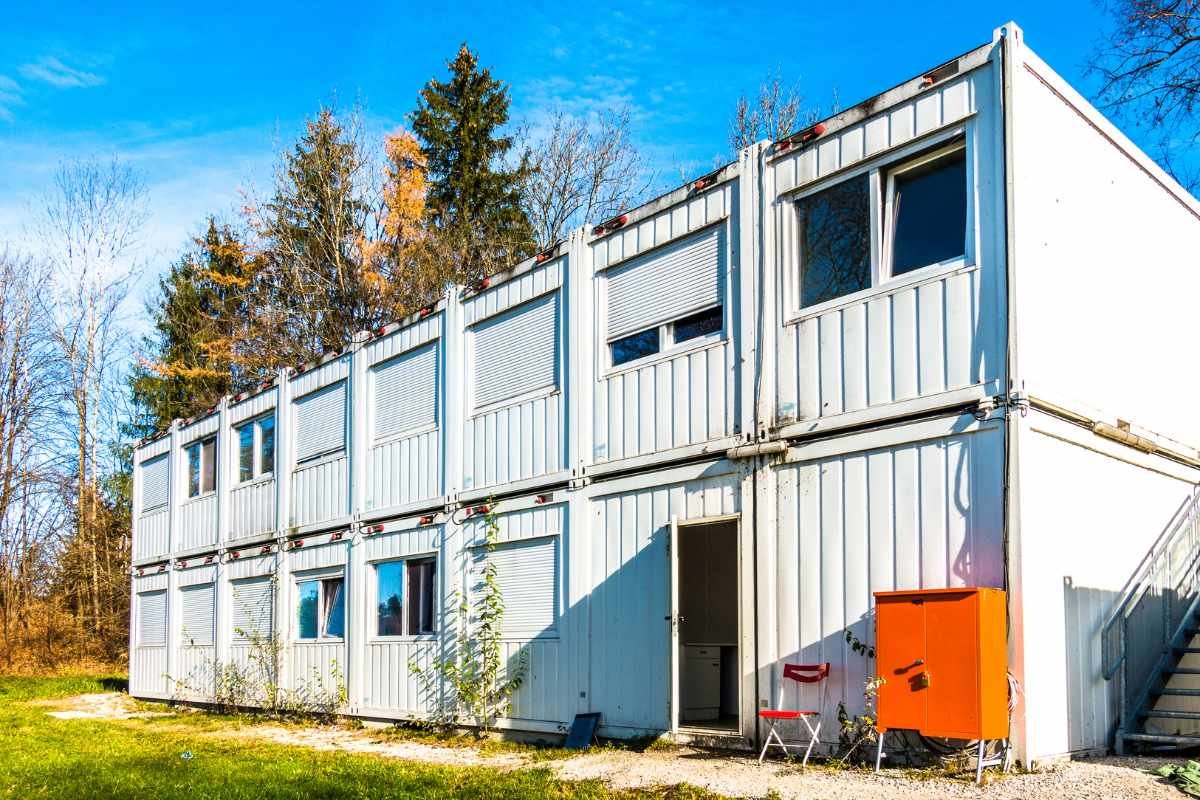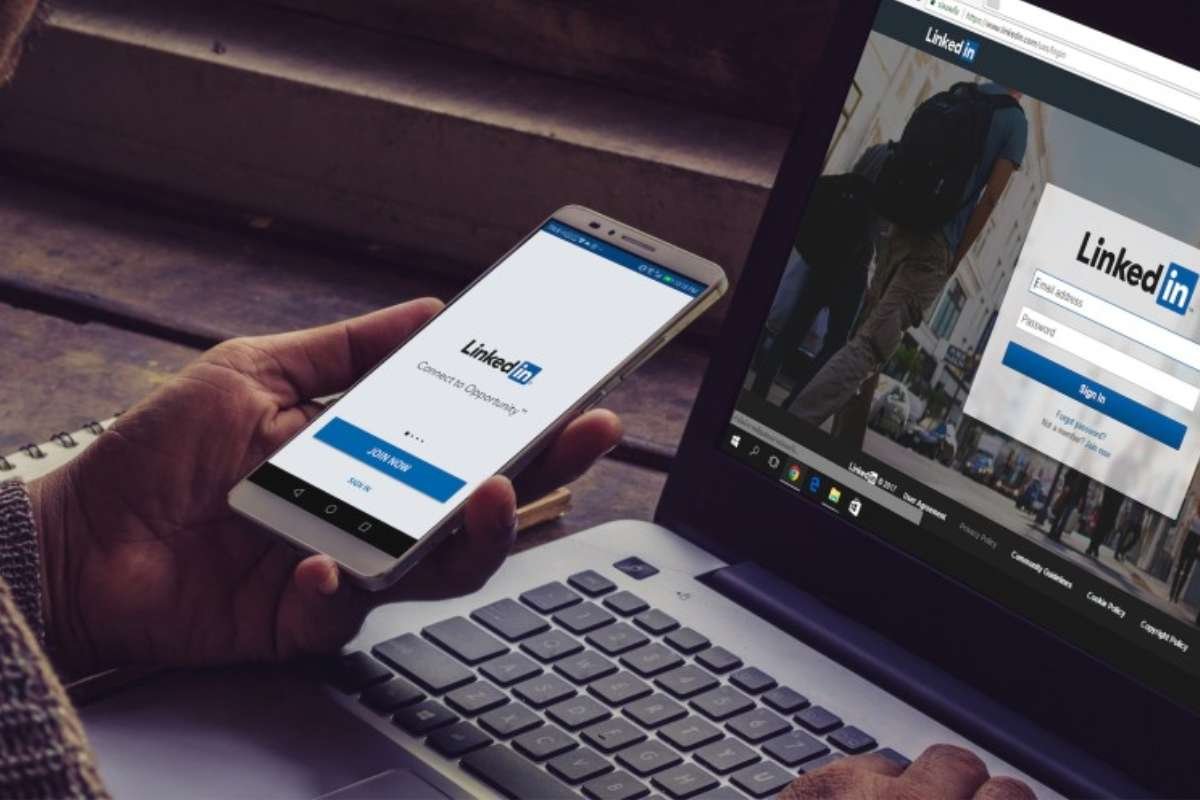Navigating large shopping malls can often be daunting and time-consuming for customers. With countless stores, multiple levels, and intricate layouts, finding your way around can feel like a challenging task. However, thanks to advancements in technology, navigation and positioning software have emerged as a valuable solution to help visitors navigate all types of malls with ease.
In this article, we will delve into the benefits of navigation and positioning software specifically designed for malls and how it enhances the overall shopping experience for visitors.
Benefits of Navigation and Positioning Software ;
1. Streamlining the mall experience:
Traditional mall directories, static maps, and sign boards are a thing of the past and are now being quickly replaced by dynamic and interactive digital maps powered by navigation and positioning software. These software solutions offer mall visitors a user-friendly interface that allows them to search for specific stores, find the most convenient routes, and explore various points of interest within the mall.
These days, several industry-leading digital mapping firms, like MappedIn, for instance, offer indoor/ outdoor mall mapping, navigation, and positioning software to help retail establishments and shopping malls improve their customers’ shopping experience, boost their tenants’ visibility, and enhance the overall efficiency of the day-to-day mall operations. Mall owners can ensure that visitors optimize their time and make the most out of their shopping experience by providing real-time information, such as store directories, upcoming sales, and promotions.
2. Accurate indoor positioning:
Providing accurate indoor positioning is a critical feature of navigation and positioning software. Using technologies like Bluetooth beacons, Wi-Fi triangulation, or magnetic field-based positioning, these systems can pinpoint a user’s location within the mall with impressive precision. Navigating different sections can be made more accessible by this feature, enabling visitors to track their position and location accurately on the digital map.

Thus, locating specific stores and discovering amenities like restrooms, elevators, or dining areas become more manageable and straightforward, leading to greater customer satisfaction. A turn-by-turn navigation feature should be provided. This will enable the shoppers to simply enter the destination they wish to reach and then follow the instructions.
3. Personalized recommendations and notifications:
Navigation and positioning software can go beyond simple directions by offering personalized recommendations and notifications to mall visitors. These software solutions can suggest relevant stores, promotions, and events tailored to the individual’s interests by utilizing data such as previous shopping preferences, purchase history, and user profiles.
Mall stores with online shopping websites can also benefit as visitors who come and experience good customer service will be more inclined to visit the e-stores of these outlets. This personalized approach enhances the overall shopping experience, making it more enjoyable and engaging for visitors.
4. Enhanced accessibility and inclusivity:

Malls can be challenging to navigate for individuals with disabilities or special needs. Navigation and positioning software can address this issue by incorporating accessibility features like wheelchair-friendly routes, designated parking areas, and information about ramps and elevators. By providing inclusive navigation solutions, malls can ensure that everyone can navigate the premises comfortably and independently, regardless of their abilities.
5. Data insights for mall management:
Navigation and positioning software not only benefits visitors but also provides valuable insights into mall management. By analyzing data collected through the software, mall administrators can better understand visitor behavior, popular routes, and frequently visited stores. This information allows them to optimize the mall layout, plan tenant placements, and identify areas that require improvement, ultimately enhancing the overall efficiency and profitability of the mall.
Concluding thoughts:
Navigation and positioning software has revolutionized how visitors navigate shopping malls, transforming the experience from confusion and frustration to convenience and efficiency. By offering real-time directions, personalized recommendations, and accurate indoor positioning, these software solutions have become invaluable tools for both visitors and mall management.
As technology advances, we can expect further innovations in navigation and positioning software, further enhancing the shopping experience and making mall navigation an effortless and enjoyable endeavor for all.





